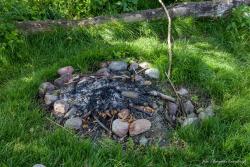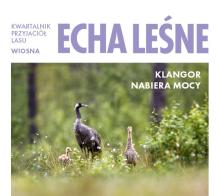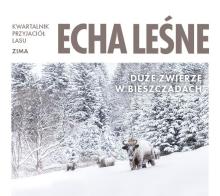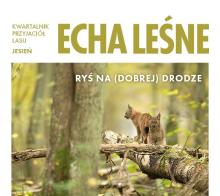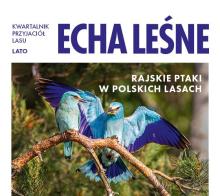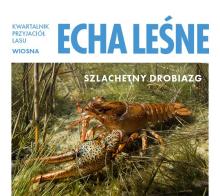 Asset Publisher
Asset Publisher
12.07.2017 - THE BIG BLUE
Situated in northern Poland, the Masurian Lake District is in the summer the area willingly visited by tourists, water sports and angling fans. The biggest tourist attractions are of course lakes with their total area measuring over 486 km2. Thousands of yachts float on this surface in high season. A mosaic of forests and lakes creates a beautiful glacial landscape. A great tourist attraction is the possibility to admire them straight from the deck of the yacht.
The land was also liked by animals, especially by birds. Swimming on the lakes we often admire: swan, grey heron, black stork, arthropod, sea eagle, black kite, crane, grebe or cormorant. The presence of these rare birds and the need to protect them in this area was noticed shortly after World War II, which created numerous nature reserves. For example, in the vicinity of Giżycko, settled were nature reserves "Islands on Mamry and Kisajno Lake" and "Dobskie Lake". Natural uniqueness of these areas were spotted during the creation of the European Ecological Network Natura 2000, covering the habitat of: North Masuria Refugium (PLH280045) as well as the birds living here: Dobskie Lake (PLB280012).

It would seem that since these regions are protected by many regulations and laws, the nature here is safe. But if we're going to ask sailors on their knowledge, it turns out that many of them do not know them or have doubts about the necessity of using them or how to interpret them. Concentrating on the described area from the vicinity of Giżycko, we can say that tourists floating on the lakes can see information boards on the islands, which indicate that they are nature reserves. These red plates with reserves names are for one warning, and for others the tempting promise of the unknown adventure that usually ends with breaking the applicable rules.
What do we as tourists often forget to read or find out when we go to the nature reserve? We asked patrolling local lakes services - the Police and the Forest Guard.
First of all it is worth remembering several provisions of the Nature Conservation Act which states:
Article 15.1 In national parks and nature reserves the following shall be prohibited: acquisition, destruction, deliberate damage to plants and fungi, disturbance of silence, burning of fires and use of tobacco products and light sources with open flames, pedestrian and bicycle traffic, skiing and riding on horseback, camping except places designated by the director of a national park, and in the nature reserves - by a regional director responsible for environmental protection.

These prohibitions do not apply, inter alia, to rescue operations and activities related to the safety of life.
The penal provisions of the Nature Conservation Act state:
Art. 127. Who intentionally violates the prohibitions in the nature reserves and areas of nature 2000 are subjected to the penalty of imprisonment or a fine.
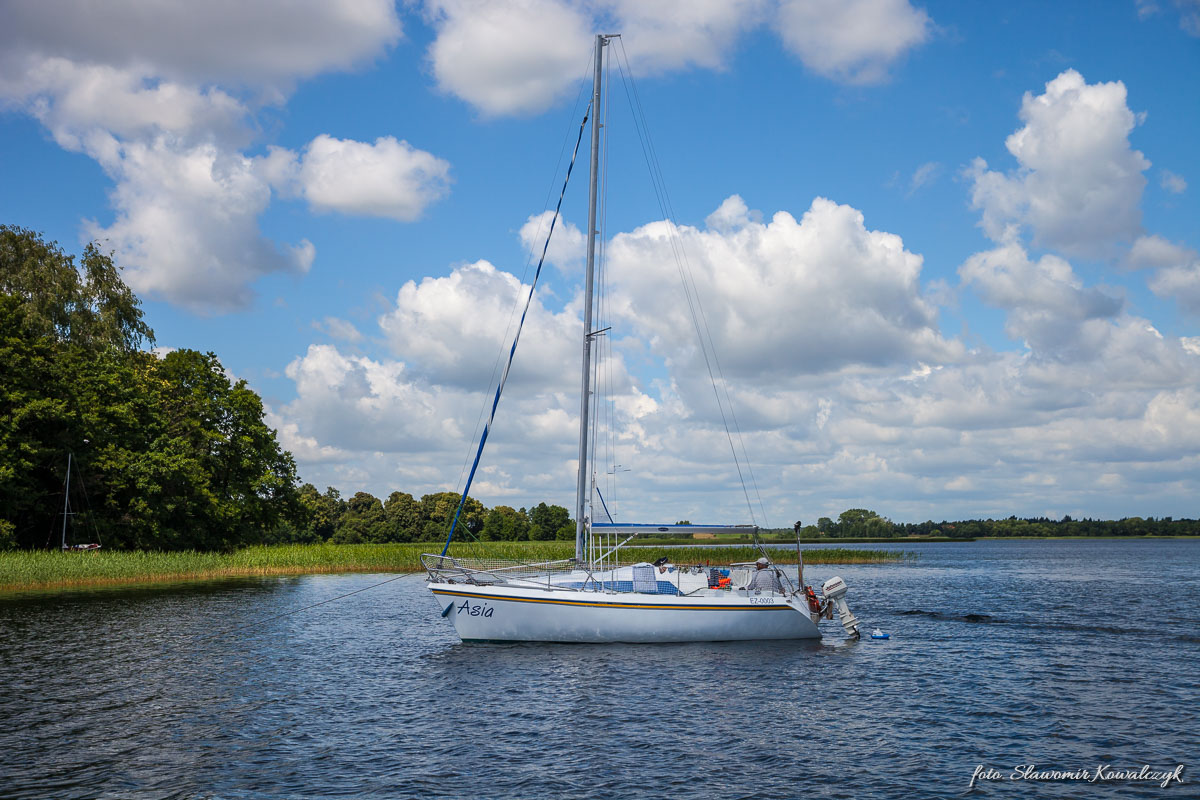
Citing the above provisions of the law concerning nature we did not have the purpose to frighten sailors and tourists. We wanted to draw attention to the records stating that in the nature reserves, all camping places, campfires places, hiking and walking trails are designated by a regional director responsible for environment protection. Therefore, before the temptation to cross the border of a nature reserve designated by red plates, it is worth finding out whether or not on its grounds are designated camping sites, campfire places and touristic trails.
In the case of the nature reserve "Islands on the lake Mamry and Kisajno" and the nature reserve "Lake Dobskie" such places have not been designated and sailors are bound by the prohibitions described above. Prohibitions are valid for the entire year, also in winter, although local residents forget about it.
Wishing you a happy holiday, please respect the lakes and theirs residents.


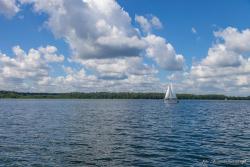 Wielki błękit...
Wielki błękit...
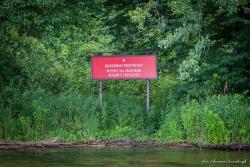


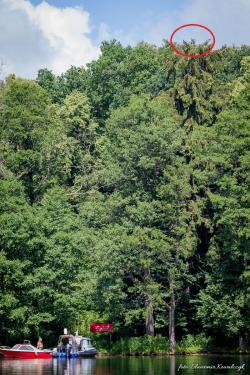

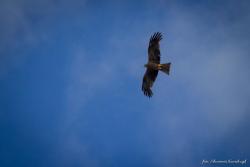
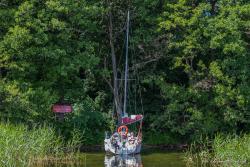



 Przykład poprawnego cumowania przy wyspach.
Przykład poprawnego cumowania przy wyspach.
